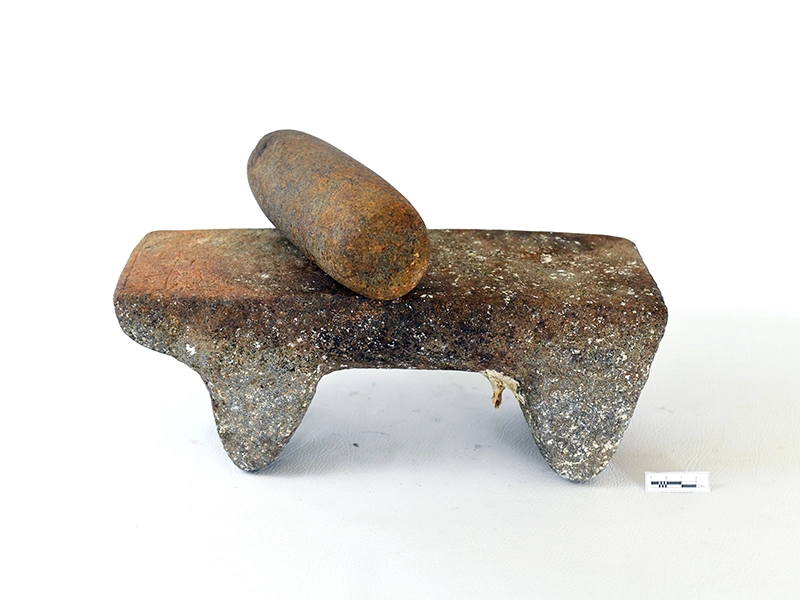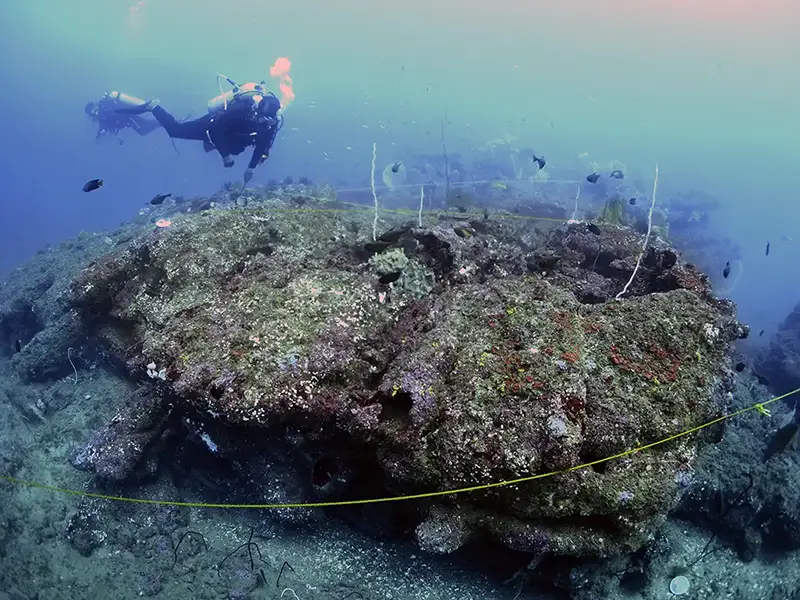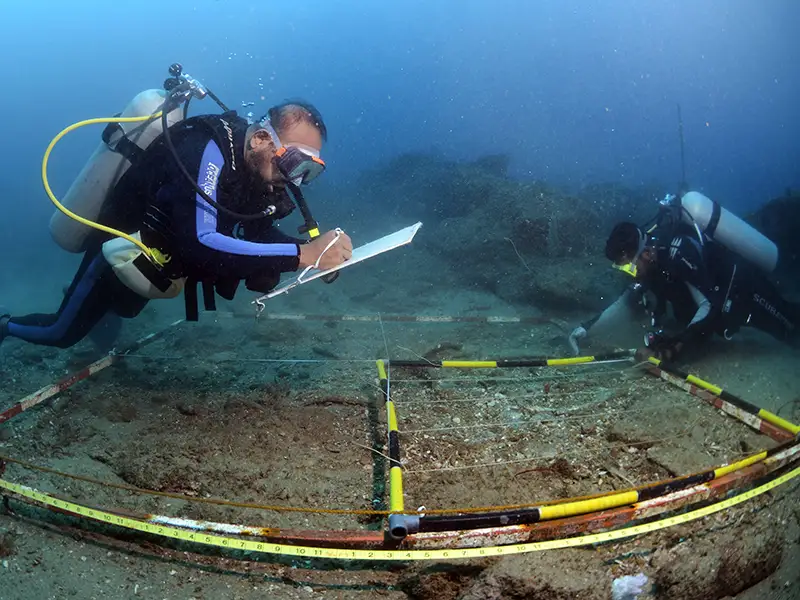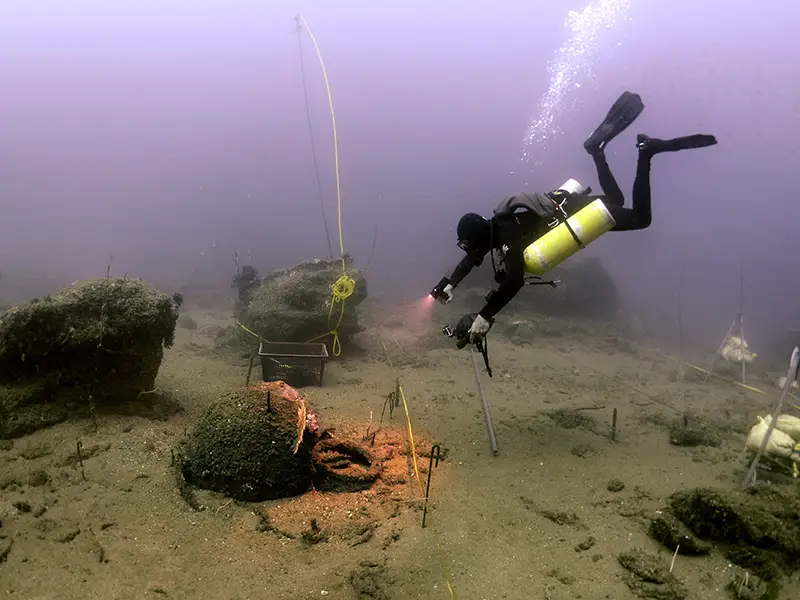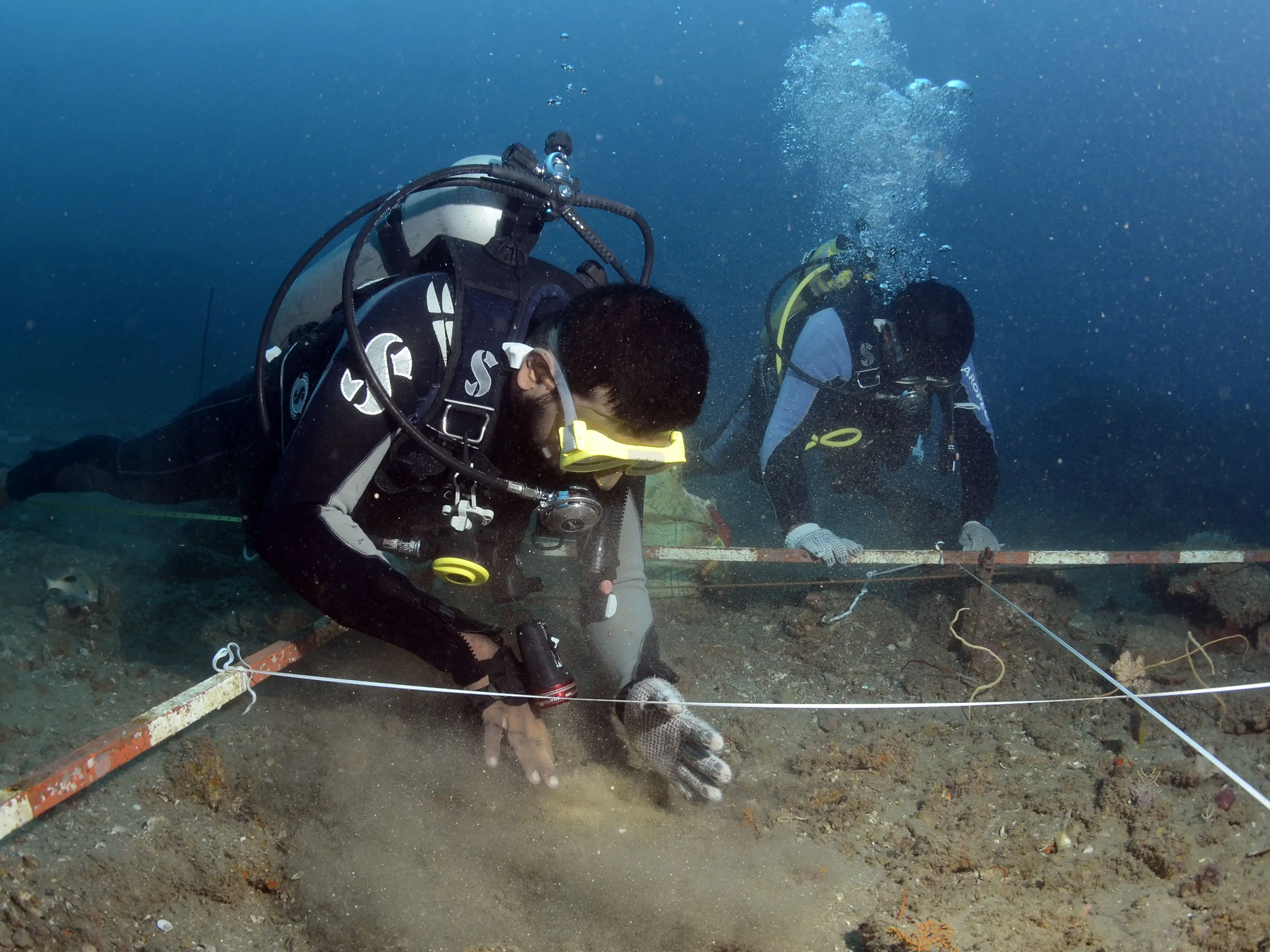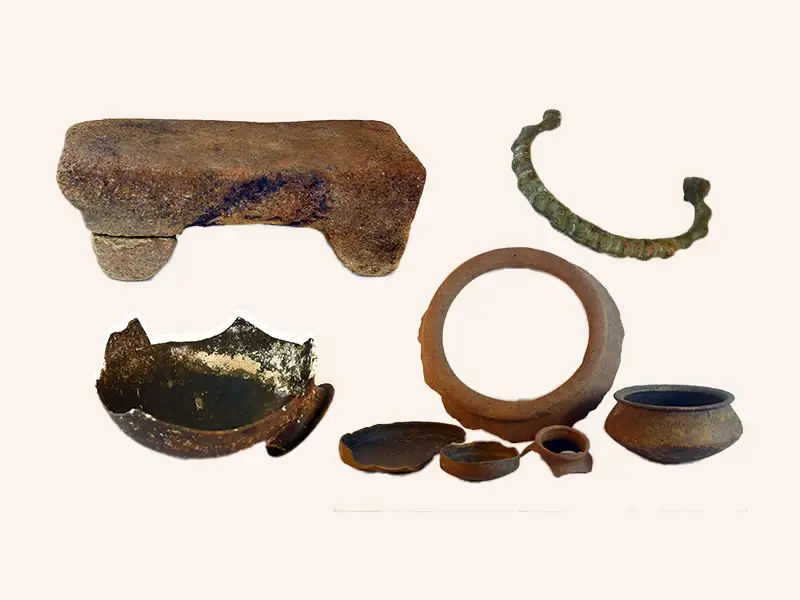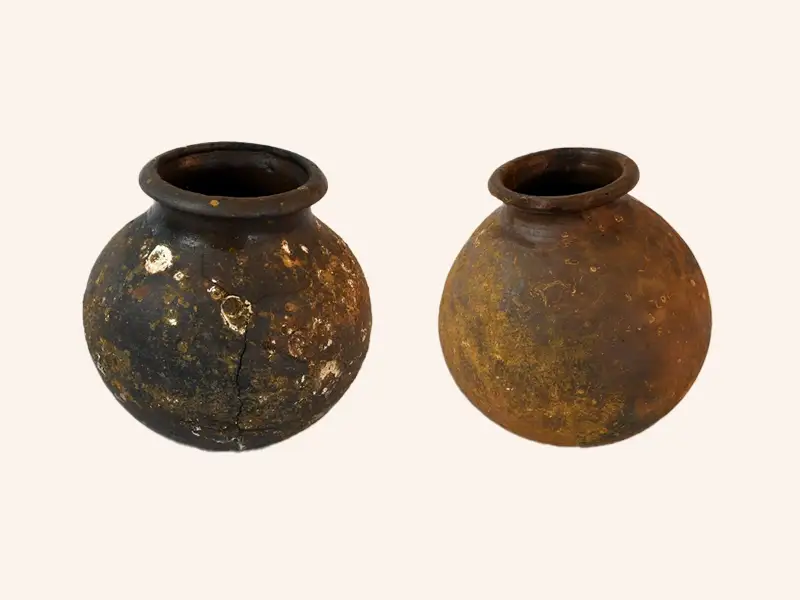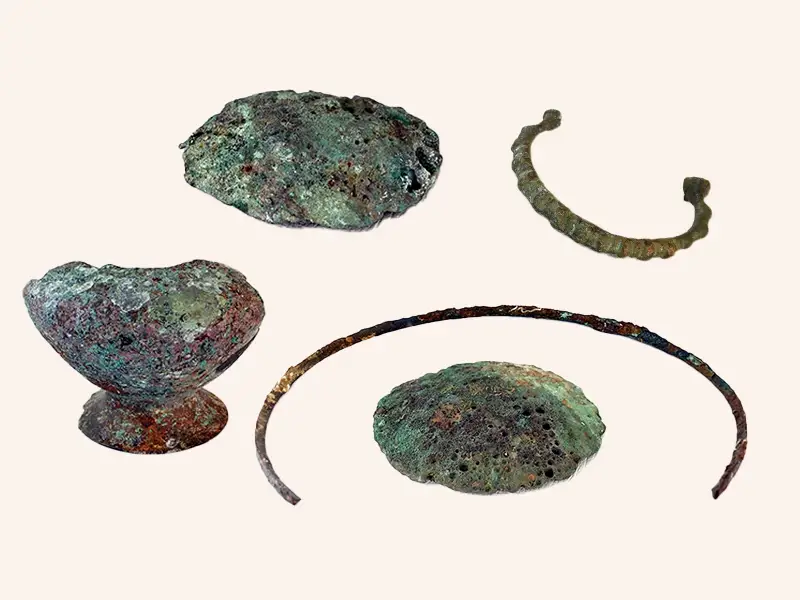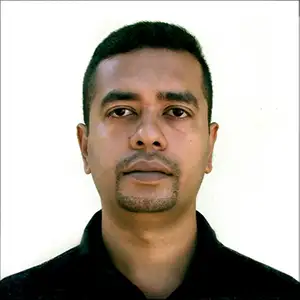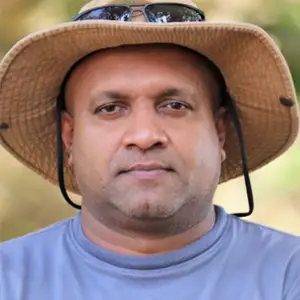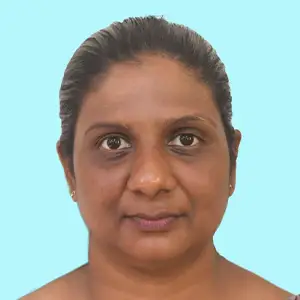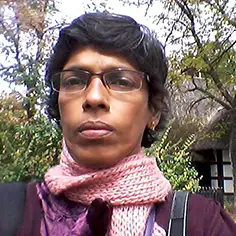A 2,000 Year Old Maritime Mystery
Dating confirmed
Oldest known wreck
Discovered in 2003 off the southern coast of Sri Lanka, the Godawaya shipwreck dates back to the 2nd century BCE, making it the oldest known shipwreck in the Asia-Pacific region.
Ancient Trade Connections
This remarkable archaeological find provides a rare glimpse into ancient maritime trade routes that connected Sri Lanka to Rome, China, and the Middle East. The vessel, likely an Indian or South Asian trading ship, was carrying a cargo that included hundreds of glass ingots and metal artifacts.
Follow the journey of discovery from the initial finding to the ongoing conservation efforts to preserve this invaluable piece of maritime heritage.

